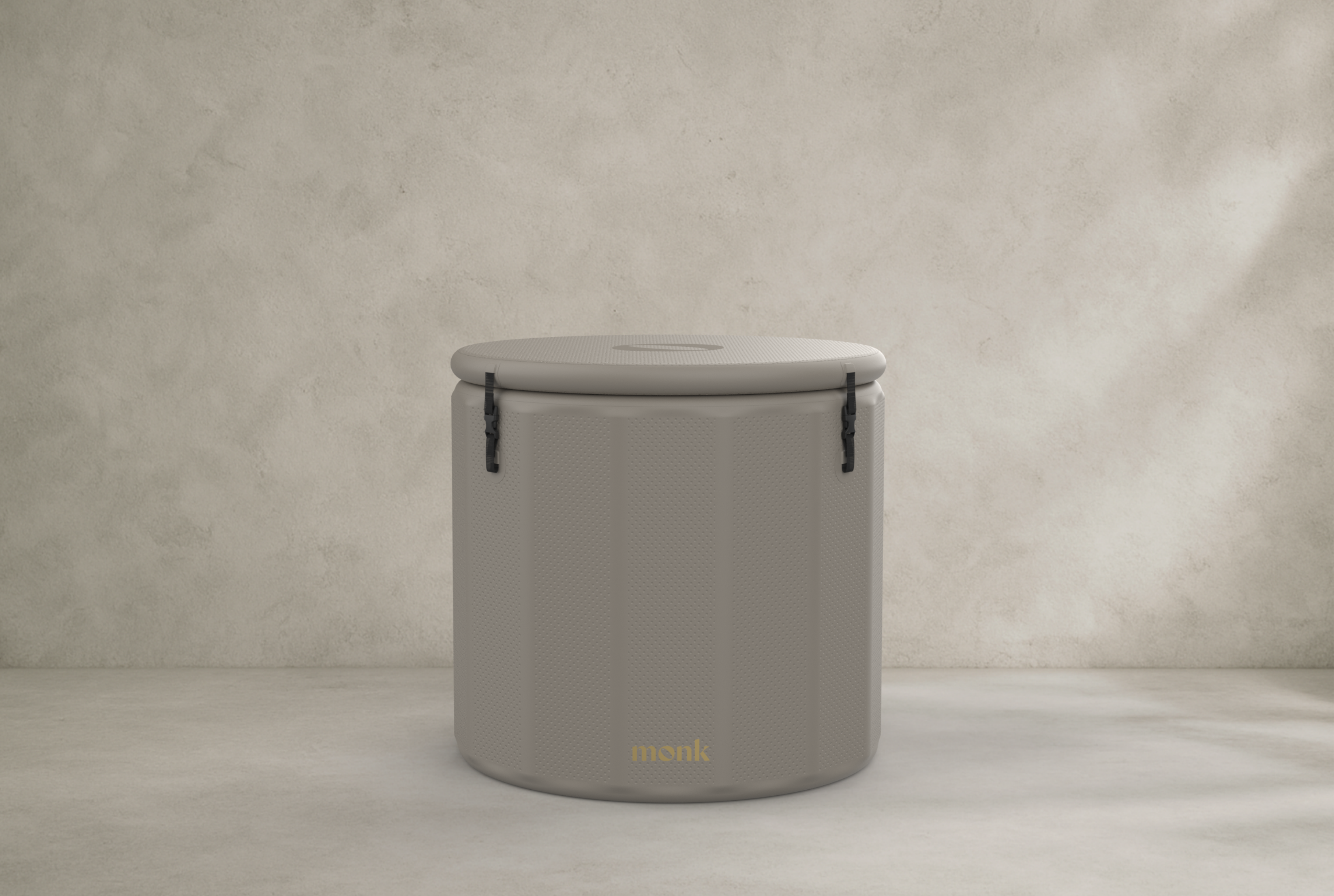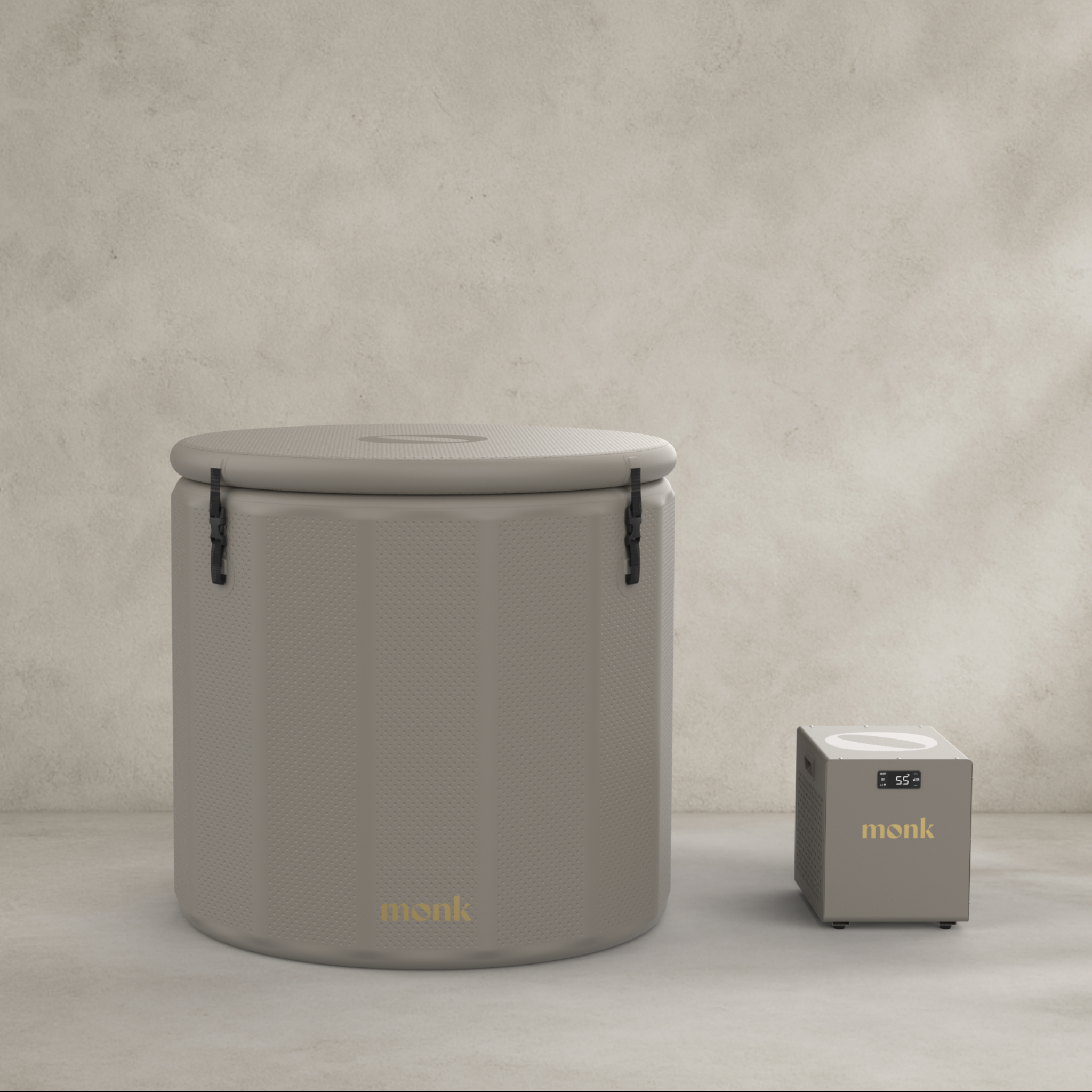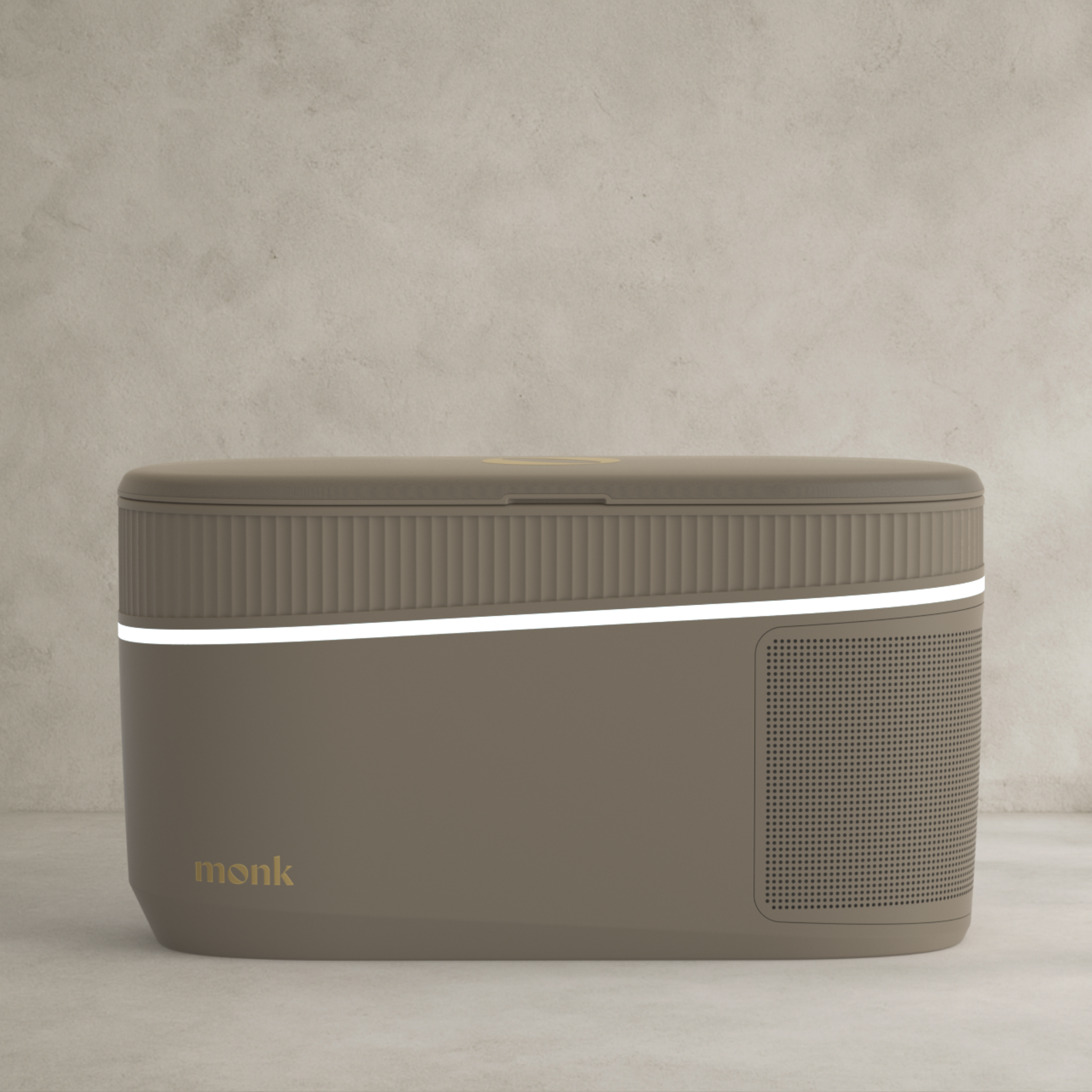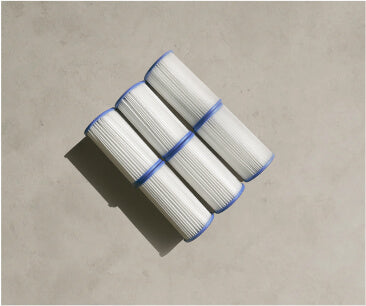Three cold plunge protocols for muscle recovery: the athlete’s secret weapon
Muscle recovery is essential for consistent performance, whether you’re chasing mass, competing in back-to-back events, or conquering endurance challenges. CWT isn’t just for recovery – it’s also a powerful tool to enhance performance, reduce inflammation, and improve circulation.
While cold water therapy is often misunderstood – especially by those focused on muscle gain – it can be a highly strategic tool when used correctly. Here, we break down three protocols to help you maximise your performance and recovery, and unlock its full potential.
How cold immersion helps recovery and performance
CWT doesn’t just numb sore muscles – it supports recovery and enhances performance through several mechanisms:
- Reduces inflammation: Cold exposure constricts blood vessels, reducing swelling and flushing out inflammatory markers.
- Eases muscle soreness: By cooling tissues and lowering circulating creatine kinase (a marker of muscle damage), CWT reduces delayed-onset muscle soreness (DOMS).
- Improves recovery time: CWT accelerates the return of muscle power and reduces fatigue, ideal for back-to-back training or competition.
- Enhances endurance performance: Pre-cooling with cold immersion reduces thermal strain, delays fatigue, and improves endurance in hot conditions.
For more on the science behind cold exposure and muscle recovery, check out this blog post.
Why muscle recovery requires longer, warmer plunges
Muscle recovery protocols often favour longer cold plunges of 8-15 minutes because they allow for a deeper and more sustained anti-inflammatory response, which is crucial for reducing muscle soreness and accelerating recovery. Shorter plunges (e.g. 2 minutes) are effective for triggering thermogenesis and boosting mental resilience, but may not provide enough time for the cold to penetrate deeply into muscle tissues. Longer immersions constrict blood vessels more effectively, reducing swelling and flushing out inflammatory markers like cytokines and clearing lactic acid, aiding recovery from intense physical activity. Studies have consistently shown that immersions around 10-15 minutes at 10-15°C provide the most significant benefits for alleviating delayed-onset muscle soreness (DOMS) and restoring muscle function.
Three cold water protocols for recovery and performance
Choose your recovery mode below. Our biggest tip? Follow the Muscle Recovery guided plunge on the Monk app, and you’ll learn all about the science and what’s happening in your body in real time!
1. Training for hypertrophy or strength
When training for strength or muscle growth, timing is everything. Cold immersion immediately post-workout can blunt anabolic pathways, reducing muscle protein synthesis and hindering growth. Instead, use CWT strategically to enhance recovery while preserving your gains.
- Timing: Wait 6-8 hours post-training to avoid interfering with hypertrophy.
- Temperature: Aim for 10-12°C (50-55°F) for effective recovery.
- Duration: Start with 5 minutes, or as much as you comfortably can, and build up to 8-10 minutes as tolerance improves.
- Why it works: Delayed CWT helps reduce inflammation and soreness without compromising strength or muscle growth.
- Tip: 15 minutes of sauna use after exercise 3x per week has been shown to improve VO2 max more than exercise alone after eight weeks, and it’s also been shown to reduce DOMS and improved muscle strength.
2. In-season or competition mode
For athletes in competition mode, recovery is king. Whether you’re prepping for back-to-back events or need to recover quickly between sessions, CWT can help minimise soreness and restore muscle function.
- Timing: Use cold immersion immediately post-exercise to prioritise recovery.
- Temperature: Aim for 10-12°C (50-55°F) for effective recovery.
- Duration: Start with 5 minutes, or as much as you comfortably can, and build up to 8-10 minutes as tolerance improves.
- Why it works: Immediate cold exposure reduces swelling and restores muscle power, keeping you ready for the next performance.
3. Pre-cooling for endurance
CWT has also been explored as a pre-exercise strategy to enhance endurance performance when used before training or competition, particularly in hot conditions. Pre-cooling lowers the body’s core temperature, which allows for a greater margin before reaching critical thermal limits during exercise, thereby delaying fatigue. Additionally, pre-cooling can improve perceived exertion rates, making the exercise feel less strenuous.
- Timing: Use CWT 30-60 minutes before endurance activities, especially in warm environments.
- Temperature: Water around 10-14°C (50-57°F) is ideal for pre-cooling.
- Duration: Immerse for 5-10 minutes to reduce core temperature without overcooling.
- Why it works: Pre-cooling reduces thermal strain, allowing you to push harder for longer. Studies have shown improved endurance performance and reduced fatigue after pre-cooling with cold immersion.
Considerations and potential drawbacks
While pre-cooling can benefit endurance performance, sports like marathons and long-duration runs, Ironman and triathlon events and cycling are best suited. There are potential drawbacks which make it less suited to other sports:
- Reduced muscle power: Cold exposure can temporarily decrease muscle power output, which may not be ideal for activities requiring immediate high-intensity efforts.
- Stiffness and reduced flexibility: Cold immersion can lead to increased muscle stiffness and reduced joint flexibility, potentially affecting performance in sports that require a high range of motion.
Final thoughts
Cold water therapy is a valuable tool in your recovery arsenal, but it’s not one-size-fits-all. Tailoring your protocol to your goals – whether hypertrophy, competing in back-to-back events, or pushing your endurance limits – can help you maximise the benefits. Recovery is king and cold immersion might just be your edge.







